In a world of natural splendor, there exist monuments to human creativity and ambition that rival even the most awe-inspiring works of nature. These man-made wonders stand as testaments to our species’ ingenuity, determination, and artistic vision. From ancient civilizations to modern marvels, these structures have captured the imagination of millions and continue to inspire wonder in all who behold them.
Each of these architectural and engineering marvels tells a unique story of the culture, technology, and aspirations of its creators. Whether born from religious devotion, royal ambition, or the pursuit of architectural excellence, these wonders showcase the incredible heights humanity can reach when we dream big and work together.
The Great Wall of China – China

Stretching like a stone dragon across the landscape, the Great Wall of China is a testament to human perseverance. Built over centuries by various dynasties, this architectural marvel spans over 13,000 miles. While not visible from space (contrary to popular belief), its strategic importance in ancient China cannot be overstated.
The wall served not only as a military fortification but also as a border control point, regulating trade and immigration. Today, it stands as a symbol of Chinese civilization and a reminder of the incredible feats humans can achieve when united in purpose.
Petra – Jordan
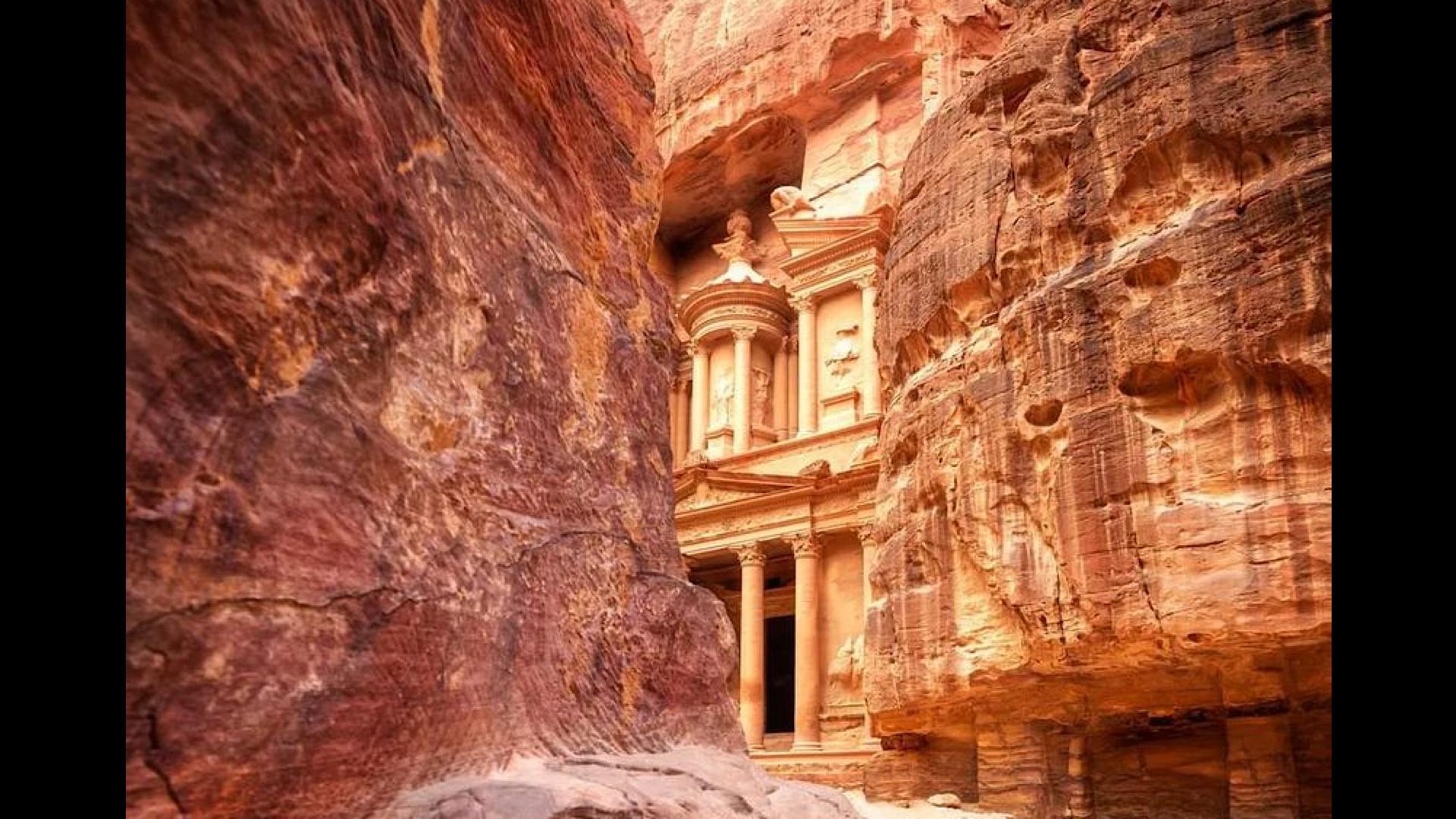
Hidden away in the red rock canyons of southern Jordan, Petra is a city frozen in time. This rose-red wonder, carved directly into vibrant rock faces, was unknown to the Western world until 1812. Can you imagine stumbling upon this magnificent site after trekking through narrow canyon passages?
The most famous structure, the Treasury, greets visitors with its intricate façade, leaving them in awe of the Nabataean people’s skill and artistry. But Petra is more than just one building – it’s an entire city with temples, tombs, and a 3,000-seat theater, all hewn from the living rock.
The Colosseum – Italy

Rome’s iconic amphitheater, the Colosseum, has stood the test of time for nearly two millennia. But did you know it could be flooded for mock naval battles? This engineering marvel could seat 50,000 spectators, all of whom could exit in a mere 15 minutes thanks to its clever design.
Despite earthquakes, stone-robbers, and the passage of time, much of the structure remains intact. The Colosseum’s influence extends far beyond its walls – it has inspired countless sports arenas worldwide and continues to captivate millions of visitors annually with its brutal history and architectural grandeur.
Chichen Itza – Mexico
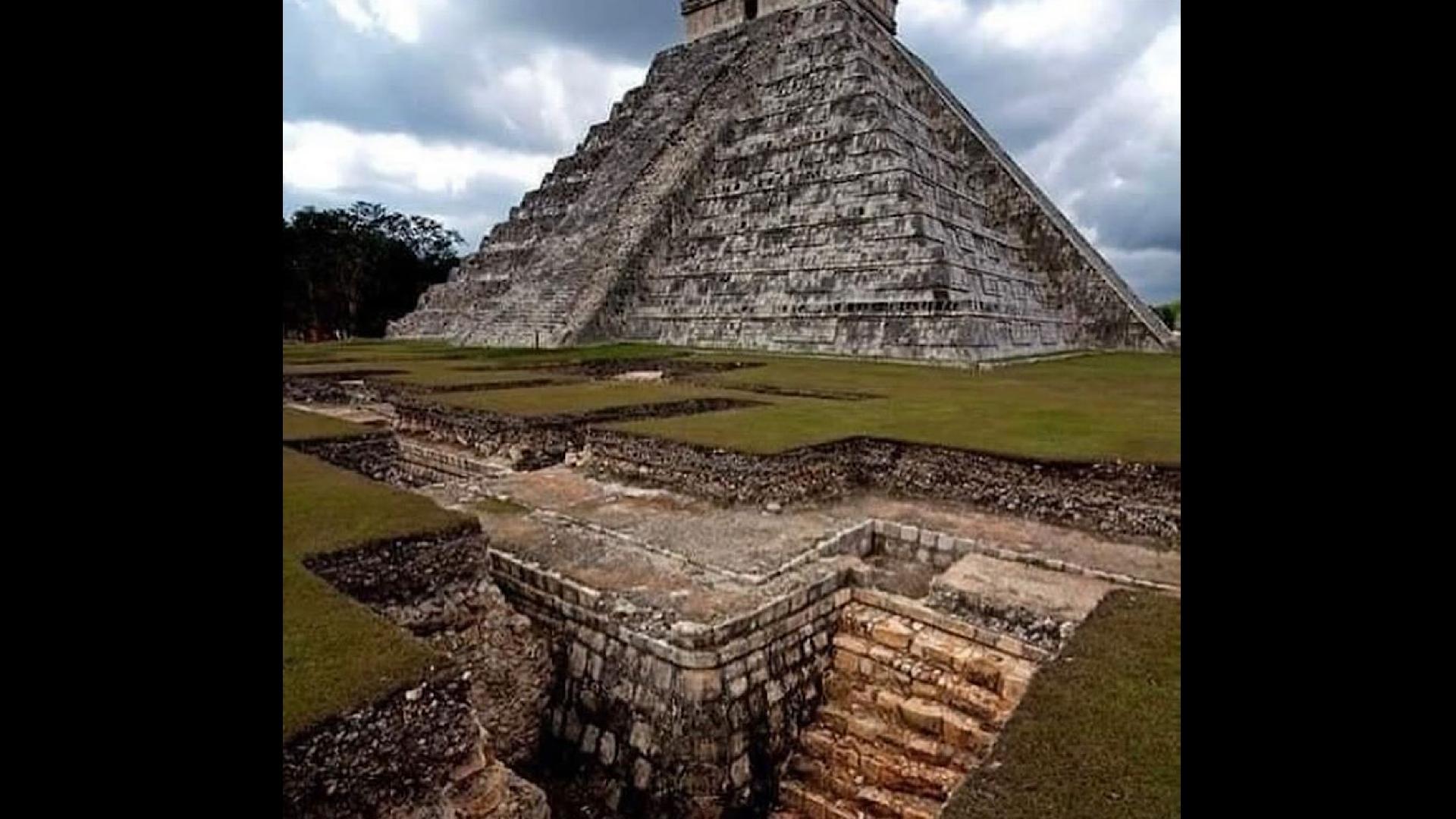
At the heart of the Yucatan peninsula lies Chichen Itza, a pre-Columbian city that blends Mayan and Toltec architectural styles. The centerpiece, El Castillo pyramid, is not just a stunning sight – it’s also a calendar. During the spring and autumn equinoxes, the sun casts a shadow that looks like a serpent slithering down the pyramid’s steps.
Imagine the awe of ancient onlookers! But there’s more to Chichen Itza than meets the eye. The Great Ball Court, where ancient Mayans played their sacred ball game, boasts incredible acoustics – a whisper at one end can be heard clearly at the other, 500 feet away!
Machu Picchu – Peru
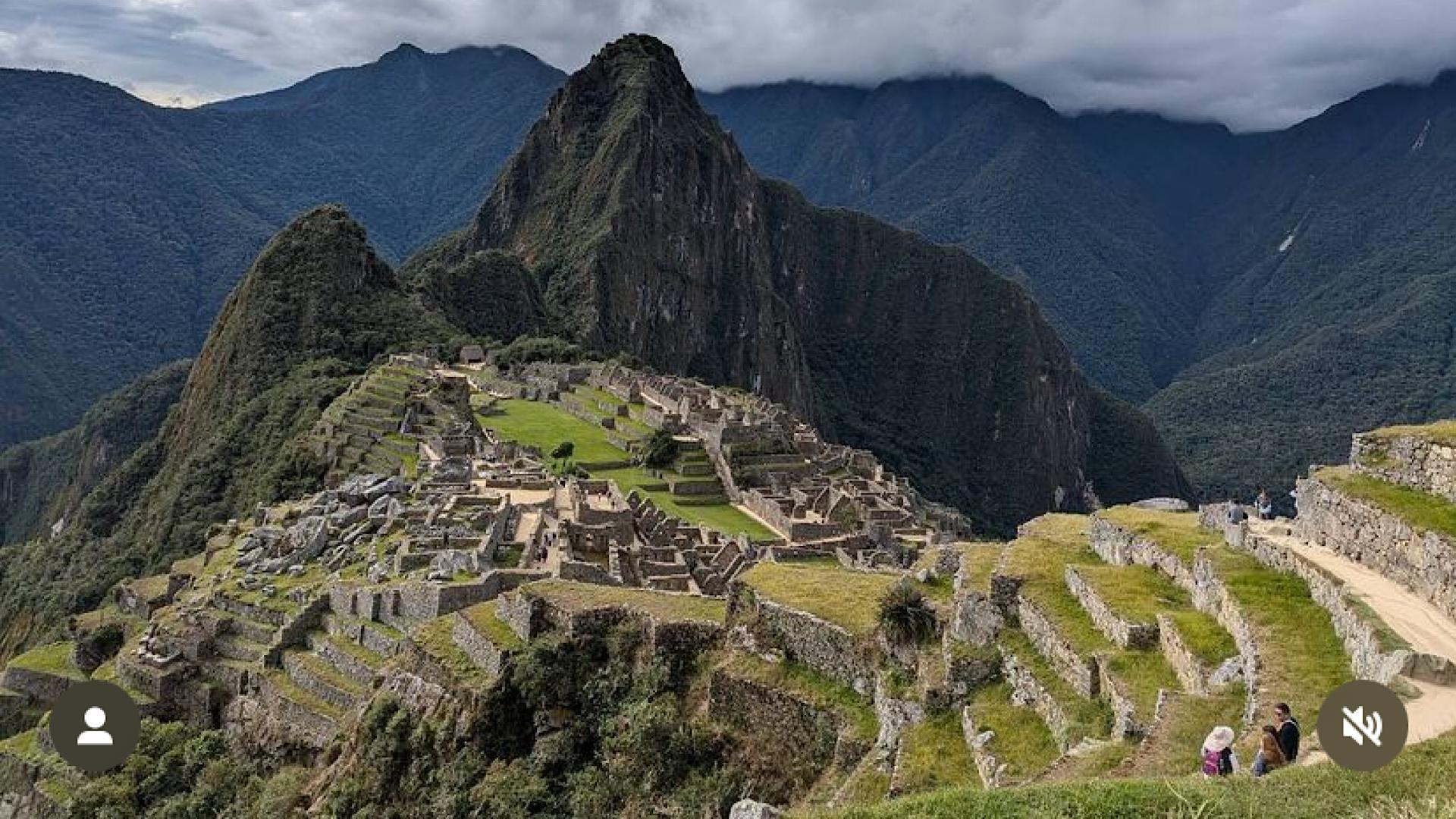
Nestled high in the Andes Mountains, Machu Picchu seems to defy gravity and logic. How did the Incas build this city in such an inaccessible location without the wheel? The site’s purpose remains a mystery, adding to its allure. What’s truly remarkable is the precision of Machu Picchu’s stone masonry – many blocks fit together so perfectly that not even a knife blade can slip between them.
This engineering feat, combined with the city’s harmonious integration with the surrounding landscape, makes Machu Picchu a testament to Incan ingenuity and respect for nature.
Taj Mahal – India
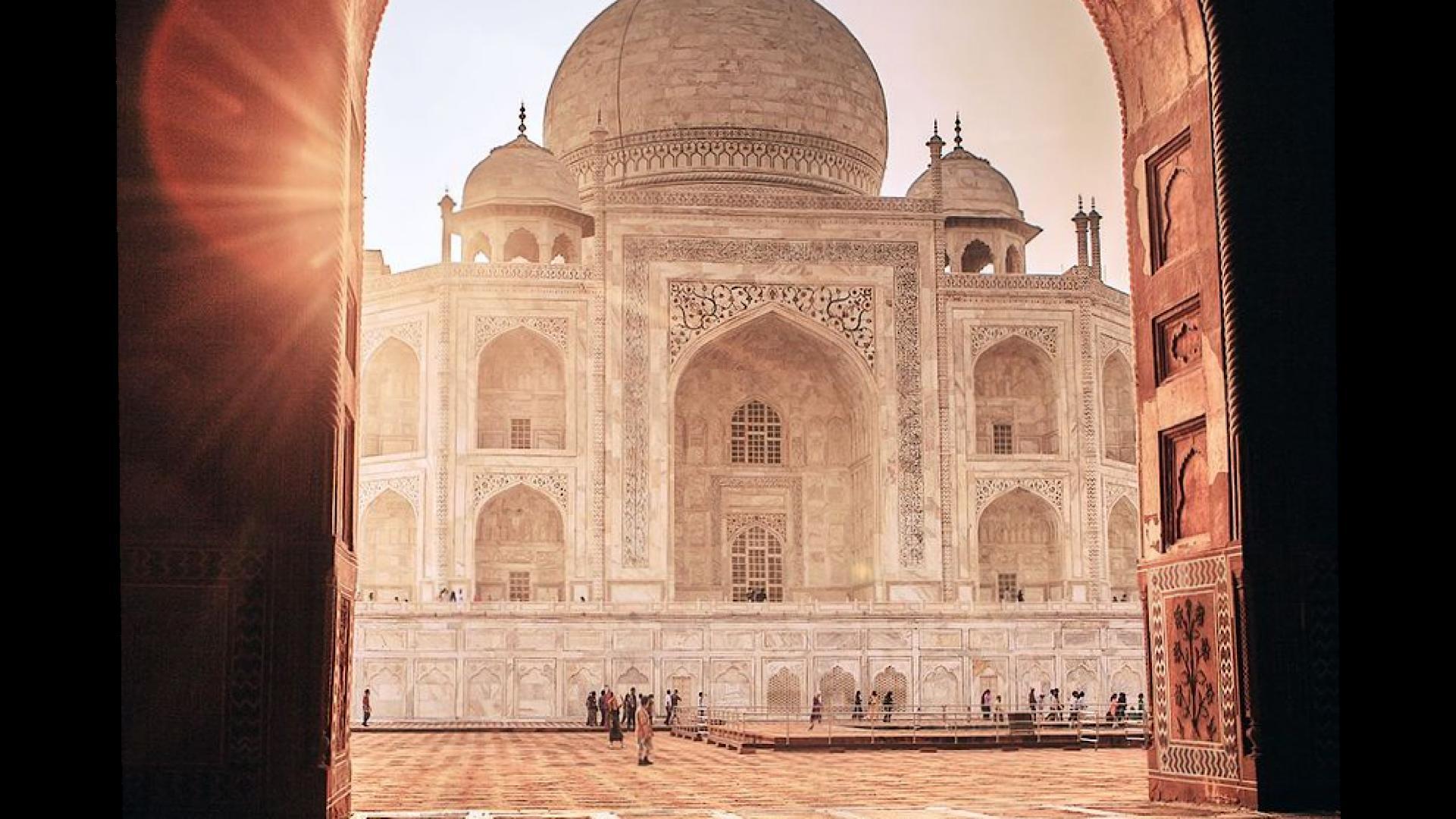
A monument to love that took 22 years and 20,000 artisans to complete, the Taj Mahal is a breathtaking example of Mughal architecture. But did you know it changes color throughout the day? The white marble absorbs the sun’s rays, shifting from a pinkish hue at sunrise to brilliant white at noon, and a soft golden at sunset.
The Taj’s perfect symmetry extends to its surrounding gardens, which use the Islamic char bagh (four gardens) design to represent paradise. Even more fascinating? The minarets are tilted slightly outward – an ingenious design to ensure they would fall away from the main structure in case of an earthquake.
Christ the Redeemer Statue – Brazil

Perched atop Corcovado Mountain, the Christ the Redeemer statue has become synonymous with Rio de Janeiro. But this Art Deco masterpiece almost looked very different – the original design featured Christ holding a globe!
The statue’s seemingly simple design belies its complexity: the outstretched arms had to be constructed on the ground and lifted into place due to strong winds at the summit. Here’s a little-known fact: the statue has a heart. Literally. Inside Christ’s right arm is a small chapel where people can pray and even get married. Talk about a heavenly wedding venue!
Angkor Wat – Cambodia

Rising from the jungle like a stone lotus, Angkor Wat is the largest religious monument in the world. But size isn’t its only claim to fame. This 12th-century temple complex is a masterpiece of precision and symbolism. The central towers represent Mount Meru, home of the gods in Hindu mythology.
Intriguingly, Angkor Wat is oriented to the west, associated with death in Hindu culture, suggesting it may have been intended as a funerary temple for its creator, King Suryavarman II. The temple’s walls are adorned with over 3,000 beguiling apsaras (celestial nymphs), each one unique. It’s a stunning fusion of spiritual devotion and artistic expression.
The Great Pyramid of Giza – Egypt
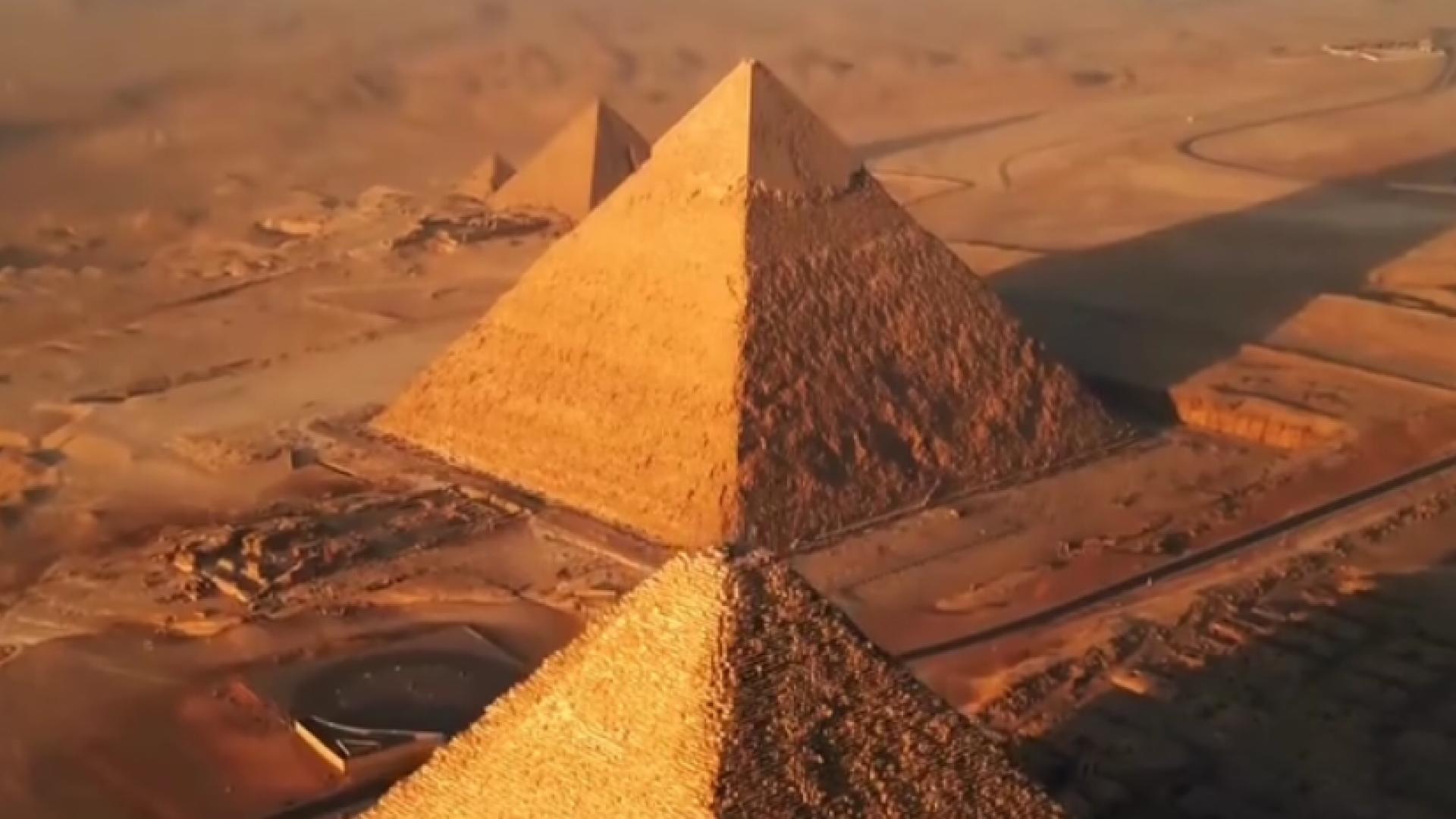
The oldest and only surviving wonder of the ancient world, the Great Pyramid of Giza continues to baffle and inspire. For over 3,800 years, it held the record for the world’s tallest man-made structure. But here’s something mind-blowing: the pyramid is not just big, it’s precise. Its base is level to within just 2.1 cm, and its sides are aligned to the cardinal directions with an accuracy of up to 0.06 degrees.
How did ancient Egyptians achieve this without modern technology? The pyramid’s construction techniques remain a subject of debate, with theories ranging from internal ramps to sophisticated levers and pulleys. It stands as an enduring mystery and a monument to human ambition.

